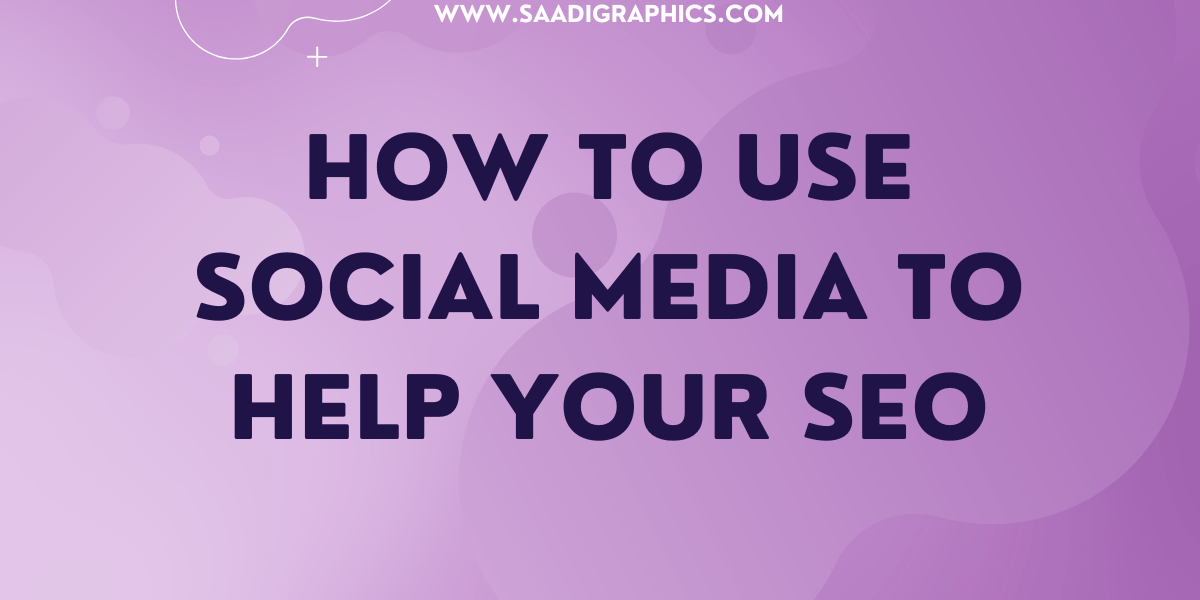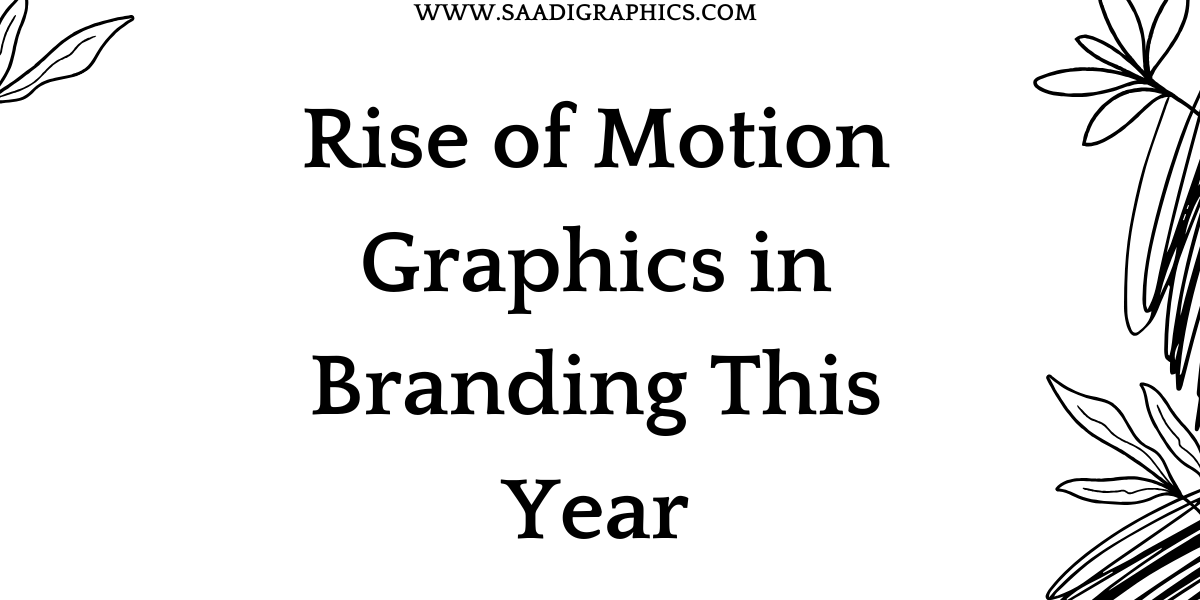Worldwide e-commerce sales reached $6.8 trillion in 2024 and are predicted to jump above $8 trillion in 2027 (according to the latest industry reports), so SEO for e-commerce is more crucial than ever. For those who own web stores, marketeers, and tech geeks such as you, getting ahead is becoming an expert in the future of e-commerce SEO. Having guided clients—from WooCommerce startups to established retailers—through SEO shifts, I’ve seen how the right strategies can turn a struggling store into a sales powerhouse. With Google’s AI-driven algorithms and changing consumer behaviors shaping 2025, this blog unveils actionable SEO strategies to ensure your e-commerce business thrives.

Why E-commerce SEO is Critical in 2025
E-commerce SEO is the craft of optimizing your store for higher ranking on search engines, generating organic traffic and sales. In 2025, with 67% of Gen Z beginning searches on social sites such as Instagram (according to Forbes 2025 research), classic SEO strategies must be upgraded. Google’s AI Overviews and voice search are now king, forcing e-commerce SEO to emphasize relevance, user experience, and authority. A well-executed strategy can lift your store from page two obscurity to the top spot, where 75% of users click.
I once helped a Lahore-based clothing retailer struggling with low visibility. By revamping their e-commerce SEO with keyword-rich product pages and mobile optimization, their traffic doubled in three months. Whether you’re selling tech gadgets or healthcare products, mastering SEO strategies in 2025 is your ticket to success.
Strategy 1: Adopt AI-Powered SEO Optimization
AI is transforming e-commerce SEO. Google’s MUM (Multitask Unified Model) and other algorithms focus on intent and context, not keyword stuffing. To evolve, produce thorough content—imagine in-depth product descriptions, FAQs, and purchase guides—that satisfies customer queries.
Action Steps:
Utilize AI tools such as ChatGPT to produce SEO plans for product pages, and then tweak with human input.
Apply structured data (e.g., schema markup) to enable Google to comprehend your products.
I led a client to incorporate AI-created FAQs, increasing their rank for “best headphones 2025” by 20%. Begin with one product category and expand.
Strategy 2: Voice and Visual Search Optimization
Voice search, through smart speakers, and visual search, through tools such as Google Lens, revolutionize e-commerce SEO. Customers query, “Where can I purchase organic skincare close to me?” or upload product images, requiring instant answers.
Action Steps:
Target long-tail terms such as “women’s affordable dresses 2025” to align with conversational searches.
imagenes
Optimize images with text labels (e.g., “red cotton dress 2025”) and high definition.
A fashion store owned by a client incorporated voice-optimized content, increasing local searches by 15%. Utilize tools such as AnswerThePublic to uncover voice search queries.
Strategy 3: Optimize Core Web Vitals
Google’s Core Web Vitals—loading speed, interactivity, and visual stability—are ranked factors. For e-commerce SEO in 2025, fast, frictionless sites are required, particularly on mobile, where 59.7% of traffic begins (according to Tekrevol 2025 statistics).
Action Steps:
Minimize images with TinyPNG and CSS/JavaScript with GTmetrix.
Test using PageSpeed Insights with a goal of loading in under 2.5 seconds.
I optimized a WooCommerce website from 4 to 1.8 seconds, which increased conversions by 10%. Prioritize mobile-first design.
Strategy 4: Tap into Video and Social Commerce
Engagement is fueled by video content, as 80% of online users view online videos each month (Demand Sage 2025). In e-commerce SEO, product page or YouTube videos can improve dwell time and search rankings.
Action Steps
Make purchase links shoppable in embedded videos with platforms such as Wix Video Maker.
Optimize YouTube titles using keywords such as “e-commerce SEO tutorial 2025.”
Implementing a client’s unboxing videos brought 25% increase in time-on-site, benefitting their SEO efforts. Leverage influencers for social proof.
Strategy 5: Leverage First-Party Data
Third-party cookies are being phased out, but first-party data—is gathered through your site or emails—is pure gold for e-commerce SEO. User behavioral-based personalized experiences increase relevance.
Action Steps
Use Google Analytics 4 to measure cart abandonments and personalize content.
Provide opt-in surveys on customer taste, inputting into dynamic product pages.
I assisted a technology store in leveraging first-party data to suggest accessories, boosting sales by 18%. Integrate with your CRM for optimum effectiveness.

Strategy 6: Sustainability Messaging Focus
Eco-friendly consumers impact e-commerce SEO. Search engines can prioritize brands that promote sustainable measures, as does 2025’s ethical shopping.
Action Steps:
Add “sustainable” filters and blog posts on environment-friendly products.
Use schema markup to highlight carbon-neutral shipping.
A customer’s green focus in their SEO efforts brought a 12% increase in eco-conscious buyers. Transparency is important.
Strategy 7: Shift towards Zero-Click Searches
Zero-click searches, wherein answers get displayed on the SERP, pose a threat to e-commerce SEO. Featured snippets can still generate brand visibility.
Action Steps:
Organize content into lists or tables for snippet worthiness (e.g., “Top 5 laptops 2025”).
Answering frequently asked questions in FAQs on product pages.
I optimized a client’s snippet for “best gaming PCs,” achieving 30% more visibility with fewer clicks. Target authority content.
Applying Your SEO Strategies
Begin by analyzing your site using SEMrush or Ahrefs and uncovering e-commerce SEO gaps. Focus first on mobile optimization and AI content, then monitor progress with Google Search Console. Test a single strategy at a time—e.g., video content—before scaling.
I suggest a 90-day strategy: Weeks 1-4 for AI optimization and audits, Weeks 5-8 for voice and video, and Weeks 9-12 for data and sustainability adjustments. Adjust according to insights, keeping your SEO tactics nimble.
Remaining Ahead of the Curve in 2025
E-commerce SEO is constantly changing. Keep an eye on Google’s blog and industry websites such as Econsultancy for developments in AI and voice search. Watch webinars to hone your SEO approaches, particularly with 2025’s emphasis on personalization.
A customer who remained active with monthly check-ups kept its top position intact even after algorithm updates. Mark September 23, 2025, for next month’s review.

Conclusion
The future of e-commerce SEO in 2025 is all about AI optimization, voice/visual search, and sustainability. With these SEO techniques combined with Google My Business and more, your store can reign supreme in searches.



